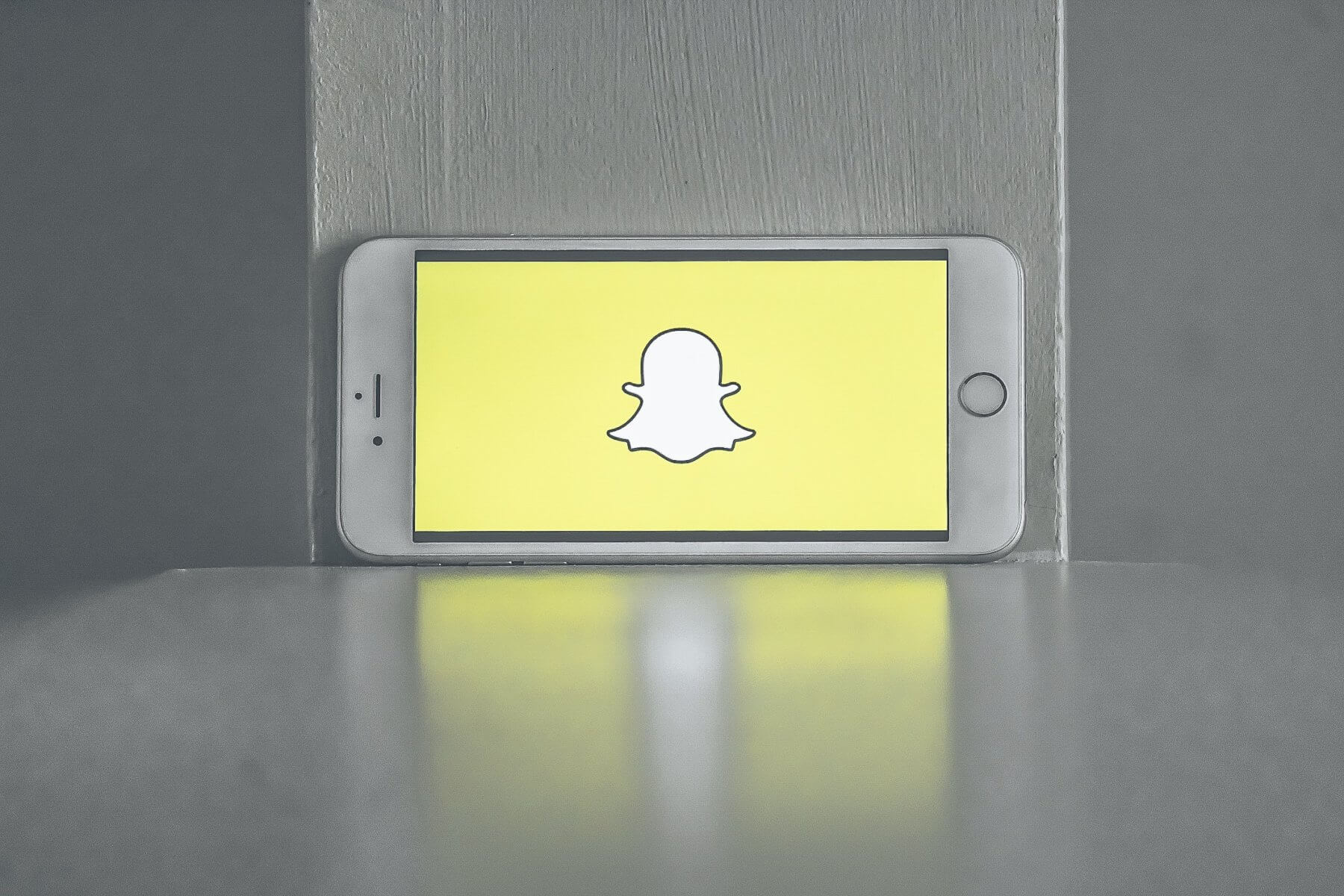Snapchat has celebrated its first anniversary as a public company. How is it performing, for investors, users and brands?
Like any publicly listed company, Snapchat has faced deep scrutiny of its business performance, and investors have been evaluating its ability to be a viable advertising alternative to the existing giants (Facebook, Google and Amazon). It has also been vulnerable to market fluctuations driven by events outside of its control. When reality TV star Kylie Jenner recently claimed she was over Snapchat, it wiped more than a billion US dollars off Snapchat’s market capitalisation. It shows how companies like Snapchat are very sensitive to the impact of large-scale influencers and have a complicated value eco-system where their value is derived not only from their ability to deliver a quality experience to their users and advertisers, but also from a community of culturally relevant influencers.
Like its social media competitors, Snapchat is not standing still. It has rolled out a redesigned app interface over the past few months to attract new users and make it easier to use in general. As expected, this redesign was not greeted with enthusiasm from all existing users. However, Snapchat’s download rates have remained strong and the number of daily active users has continued to grow, and is approaching 200 million.
Snapchat’s advertising eco-system is also looking up, with advertising revenue increasing faster than Wall Street expected and finally covering basic costs. Snapchat’s ad buying model has also evolved in 2017 to an automated bidding process for selling ads, making it easier for more marketers to buy ads. Snapchat says that the number of its advertisers has more than tripled. One notable recent campaign was Nike’s release of a pair of new Air Jordan sneakers on Snapchat that sold out in 23 minutes, according to TechCrunch. This move into e-commerce opens up a world of interesting opportunities for advertisers. It will also be interesting to see how Snapchat’s Spectacles evolve in 2018. While critics have been very forthcoming with reasons why it’s not a proven business model, Spectacles have undeniably had more success in user penetration and product experience than Google Glass, for example.
Finally, Snapchat has been a victim of its own success, with its large competitors responding to Snapchat’s innovations by essentially copying them. Facebook has rolled out versions of Stories in Instagram, WhatsApp, Facebook Messenger and its own main app. Google is launching its own version of Stories. And Twitter has introduced advertising sponsorships of its own visually rich format, Moments.
But, if it can continue to innovate, Snapchat should have a bright future.
SIGN UP FOR ZENITH INSIGHTS



